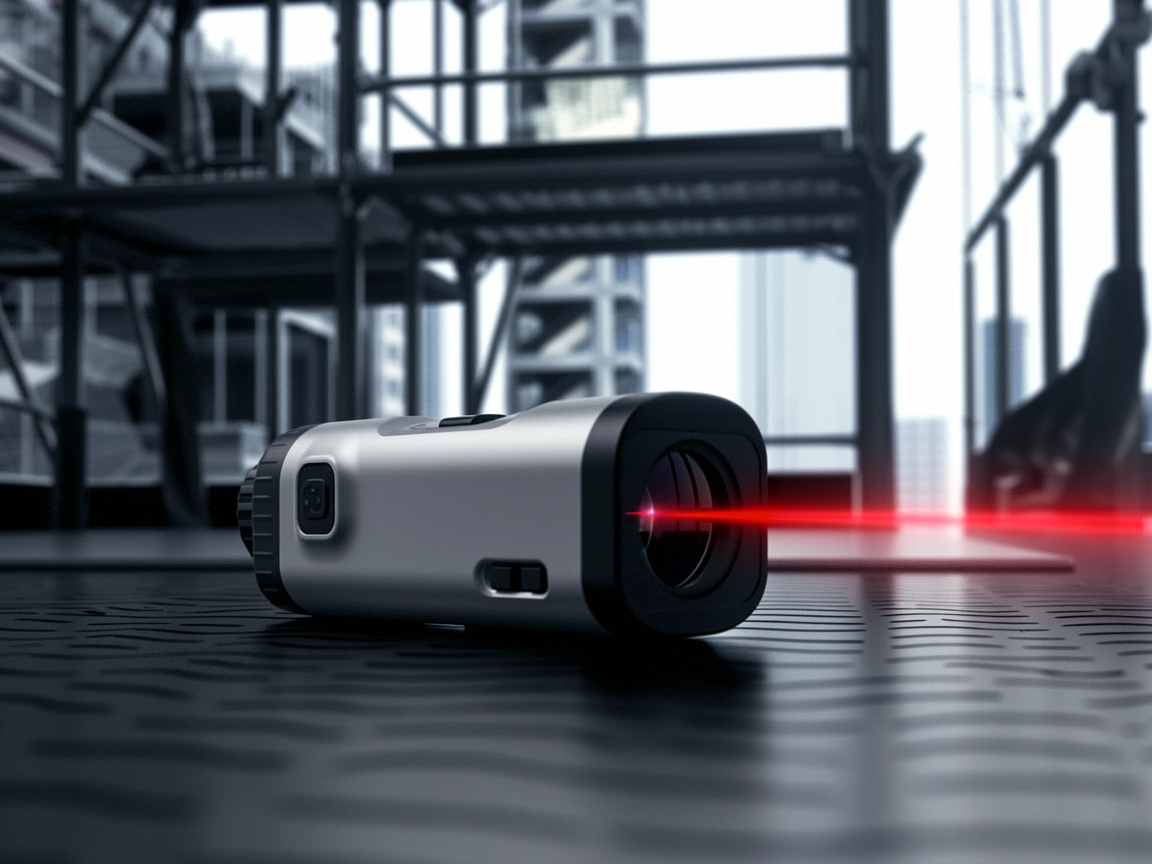Laser sensor is a type of sensor that uses laser technology for object detection and measurement, widely used in industrial automation, ranging, displacement detection, level monitoring, and other fields. To better understand the working principle of laser sensors, we first need to understandThe essence of laser。

Laser is an abbreviation for "light amplification through stimulated radiation". The light generated by a laser light source has the following characteristics:
monochromaticityLaser light is almost a single wavelength of light, different from the multiple wavelengths of ordinary white light, and the color or frequency of laser light is fixed.
coherenceThe phase relationship between laser waves is stable, which allows the laser to maintain a high degree of directionality and propagate over long distances without divergence.
Strong directionalityLaser beams have extremely high directionality and a very small divergence angle, which can maintain the concentration of light over long distances.
High brightnessThe brightness of lasers far exceeds that of ordinary light sources, and their energy is highly concentrated.
Laser sensors mainly use laser beams to irradiate target objects and reflect them back, then receive the reflected light through the sensor and perform calculations to achieve distance measurement, detection, or positioning functions. The core working principle of laser sensors includes the following steps:
Emit laserThe laser inside the laser sensor emits a laser beam. The laser beam propagates in the air and illuminates the surface of an object.
Light reflectionWhen a laser beam is irradiated onto the surface of an object, some of the laser will be reflected back. The reflected laser beam may be deflected due to factors such as the smoothness and angle of the object surface.
Receive reflected lightThere is a receiver (usually a photodiode or CCD) inside the laser sensor, which is responsible for receiving the reflected laser light.
Distance CalculationBy measuring the time difference between the emission and return of light, the sensor can calculate the distance between the laser beam and the surface of the object. Modern laser sensors typically useTime Flight Method (ToF)perhapstriangulationTo complete the distance calculation.
high-precisionLaser sensors have very high measurement accuracy and can measure at the micrometer level, widely used in precision manufacturing and inspection.
non-contact measurementLaser sensors do not require contact with the object being measured and are suitable for measurement tasks in high-speed, vulnerable, or hazardous environments.
Long distance measurementDue to the directionality and concentration of lasers, laser sensors can perform measurements over long distances, even up to tens of meters or more.
Adapt to harsh environmentsLaser sensors are not affected by many physical factors such as temperature changes, humidity, etc. They have strong adaptability and are widely used in industrial environments.
Laser displacement sensorUsed for measuring the displacement or contour of objects, with extremely high accuracy, commonly used in precision machining, measuring the shape and position of workpieces.
laser range finderBy calculating the time from laser emission to return and measuring the distance of objects, it is widely used in fields such as construction and engineering surveying.
Laser light curtain sensorA laser array is used to form a light curtain, which is used to detect whether an object has passed through the light curtain. It is commonly used in applications such as safety protection and material counting.
Laser liquid level sensorUsing laser technology to achieve liquid level measurement, suitable for liquid level monitoring of storage tanks or containers.
The essence of laser is the monochromatic, coherent, and highly directional light waves generated through the process of "stimulated radiation". With these characteristics, laser is widely used in sensors for non-contact, high-precision object measurement, positioning, and detection. Laser sensors have become important tools in modern industry, automation, and scientific research fields due to their advantages of high precision, long distance, and non-contact measurement.






Contact us feel free to call or write anytime, We will call you back soon!